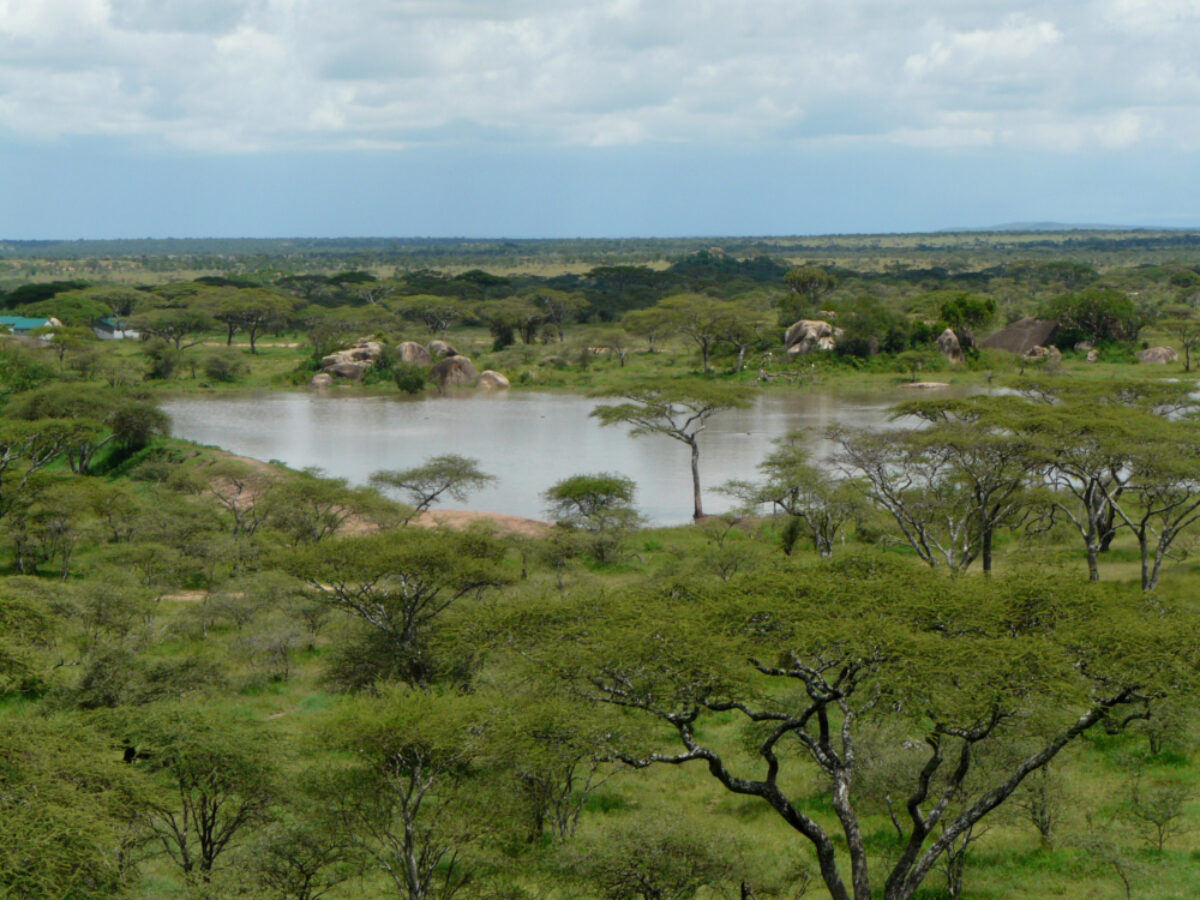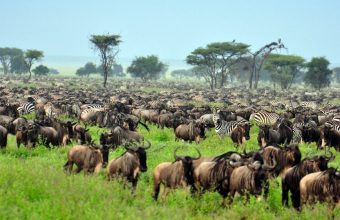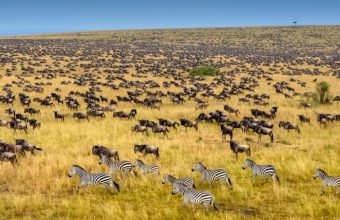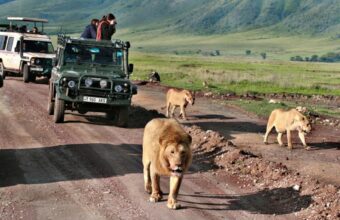Where Is The Wildebeest Migration In May?
The long rains taper off and the herds are on the move, heading north towards Kenya. Routes diverge somewhat, but they’ll all funnel through a narrow corridor between two rivers in a dramatic spectacle.

The Seronera region, freshly-greened from the rainy season
Where is the wildebeest migration in May?
The wildebeest begin to make their way through the western corridor of the Serengeti. Some of them continue north to the Seronera region, but most of the migrating herds enter the Ndoha and Dutwa Plains that flank the Mbalageti River. At the end of the month, they pile into the narrow wedge of land between the forest-lined riverbeds of the Mbalageti and Grumeti, preparing for the first river crossing. Many lodges will still be closed, but all open camps around the Seronera region are still a good option.
Is May a good time to see the great migration?
Although May is still considered to be the wet season, the heavy rainfall gradually decreases as the month progresses. Since the ground is still wet and muddy, driving conditions can be a bit of a challenge. But just like in March and April, tour and accommodation prices are still low and you can expect to find some good deals.
By the end of the month, the dry season is beginning and the migration starts making its way back north, seeking fresh grass and new watering holes. With pleasant temperatures and some amazing scenes of the vast herds pouring through the central regions, this can be an excellent time of the year for a safari in Tanzania.
How the wildebeest navigate
The wildebeest journey is dictated primarily by their response to the weather. They follow the rains and the growth of new grass. And, although there is no scientific proof to support this, it seems that they react to lightning and thunderstorms in the distance.
Instinctive knowledge plays a large role, hardwired into their DNA by hundreds of thousands of years of natural selection. That’s how these harshly titled ‘clowns of the plains’ know which direction to travel. Over the millennia, those that went the wrong way would have died of thirst or starvation long before they could reproduce. The successful ones were those who went the right way.











